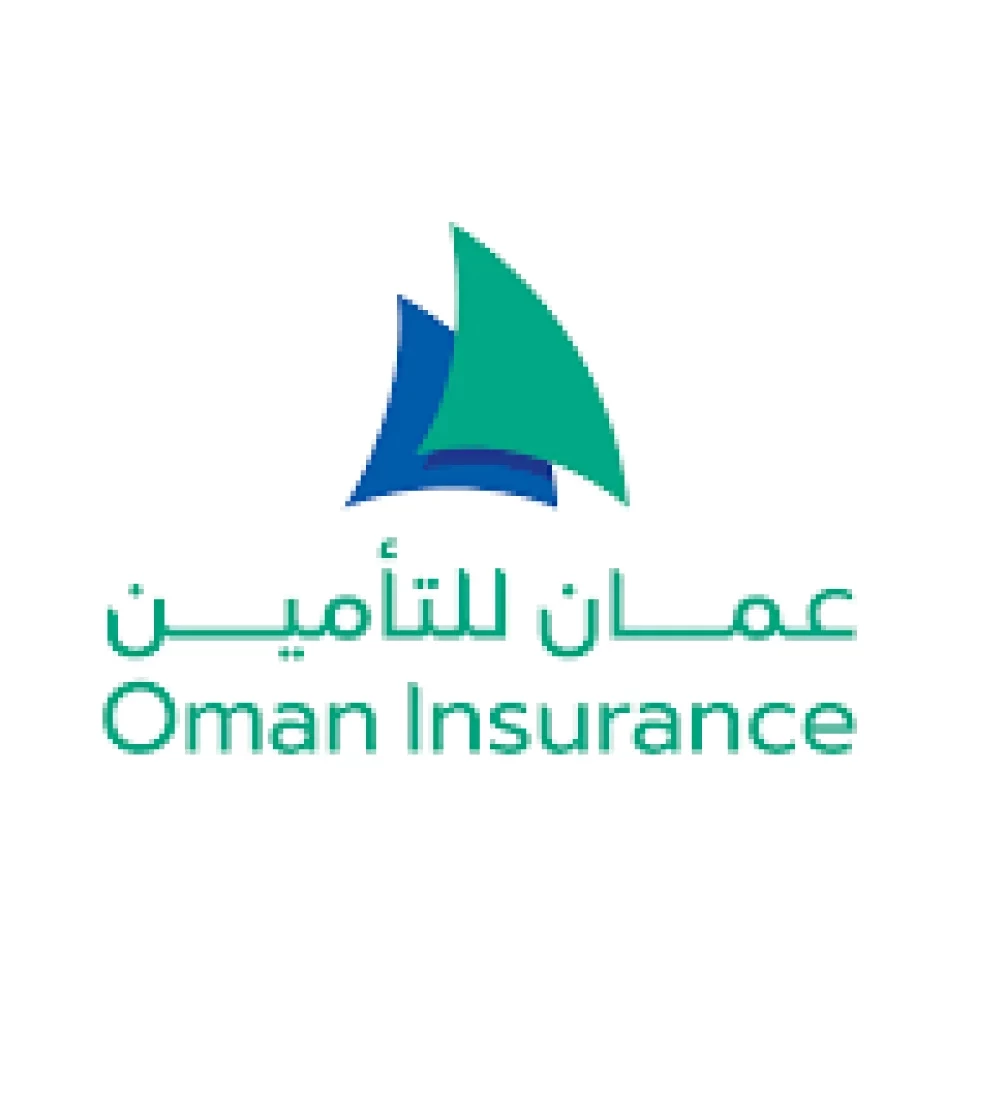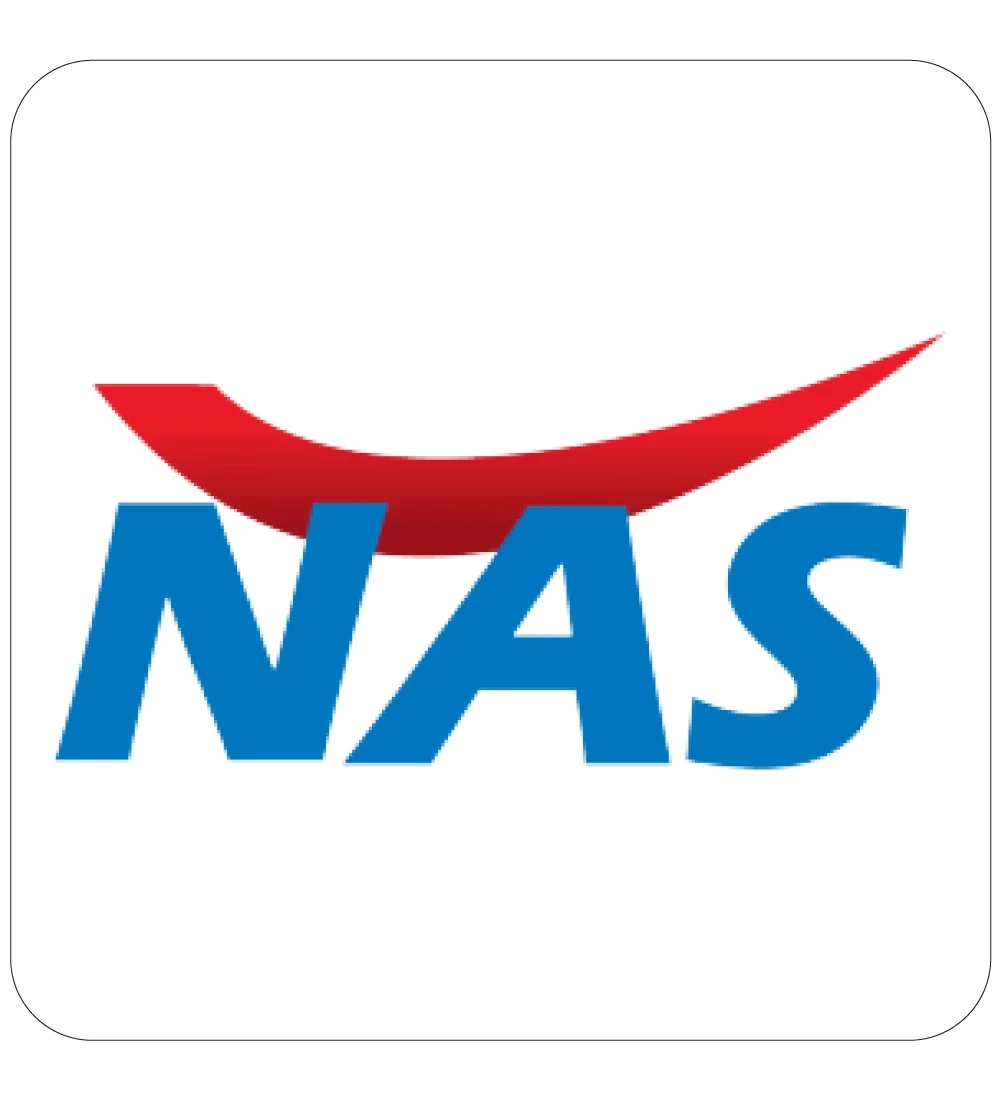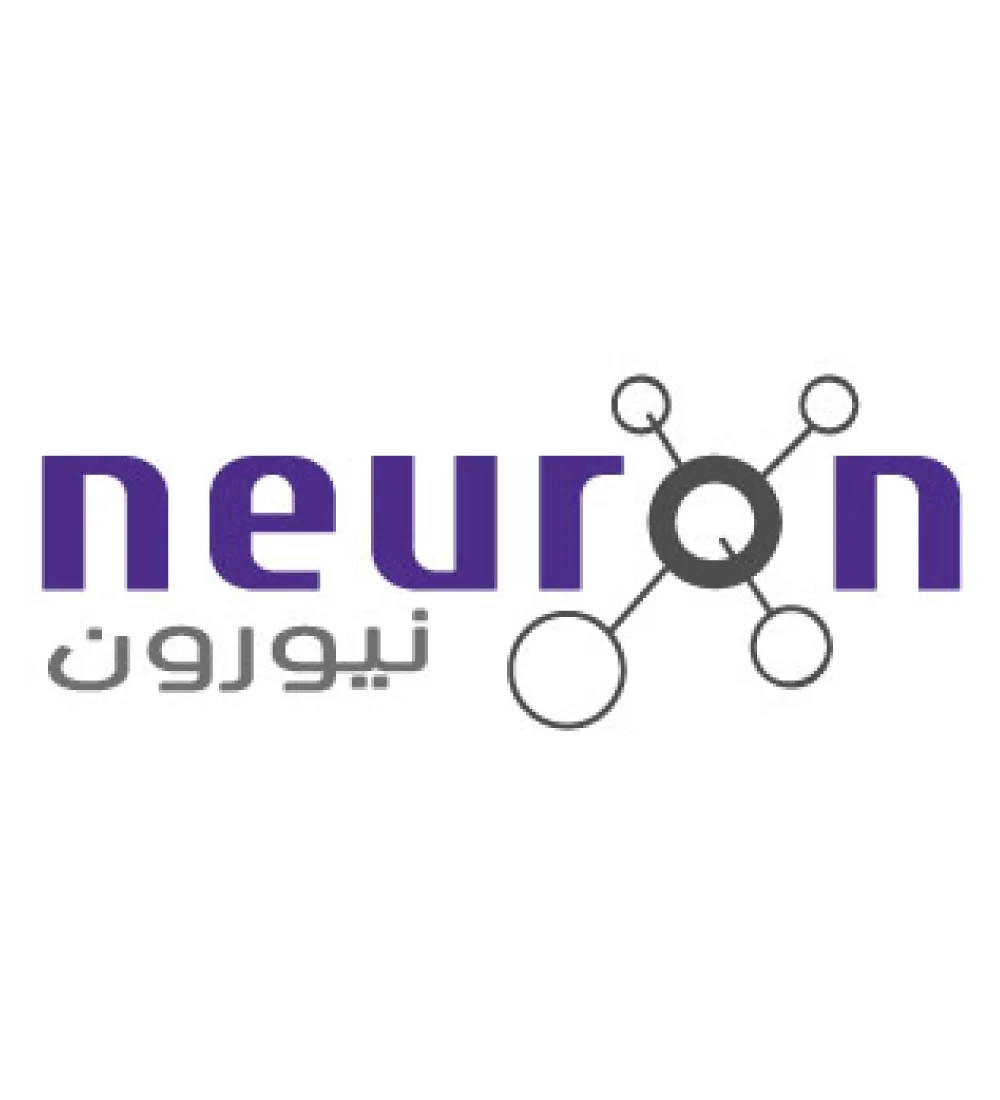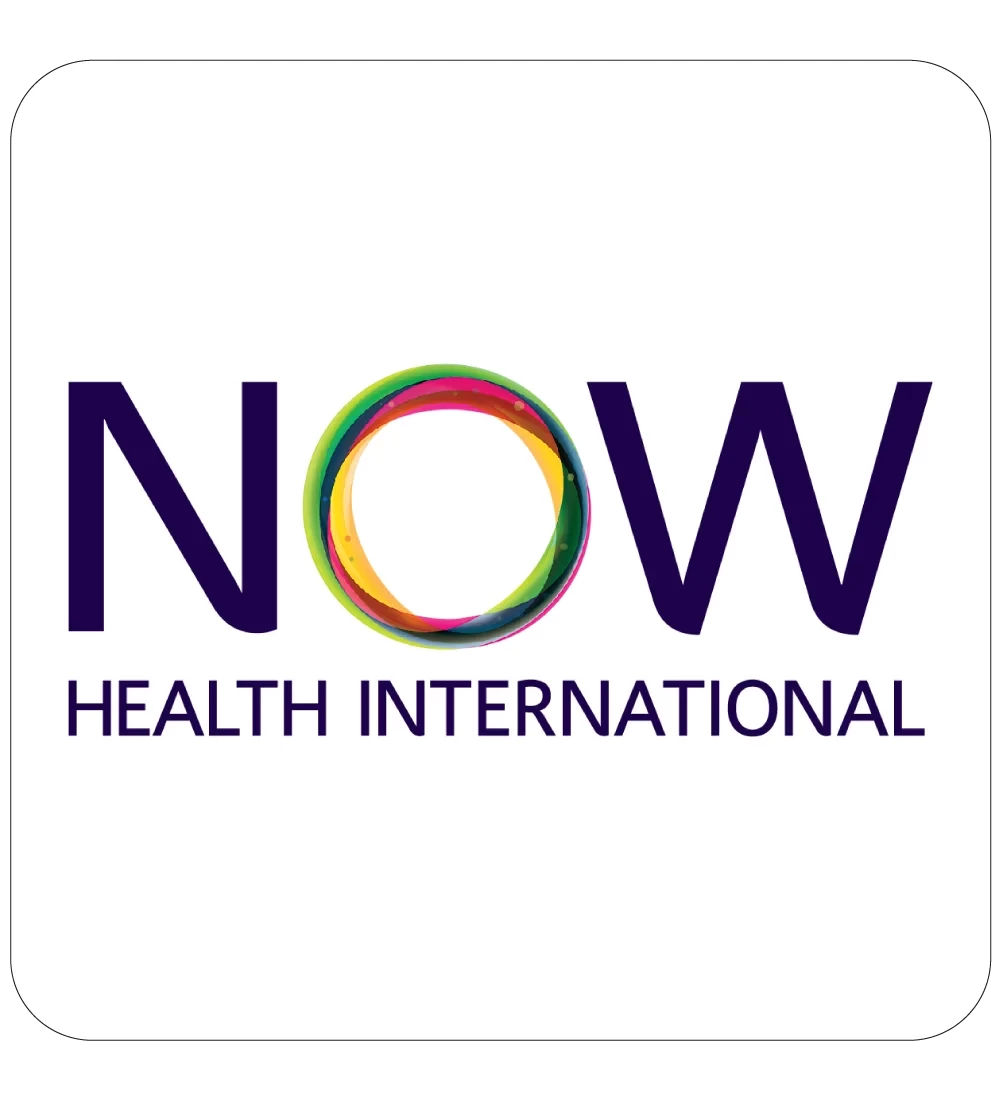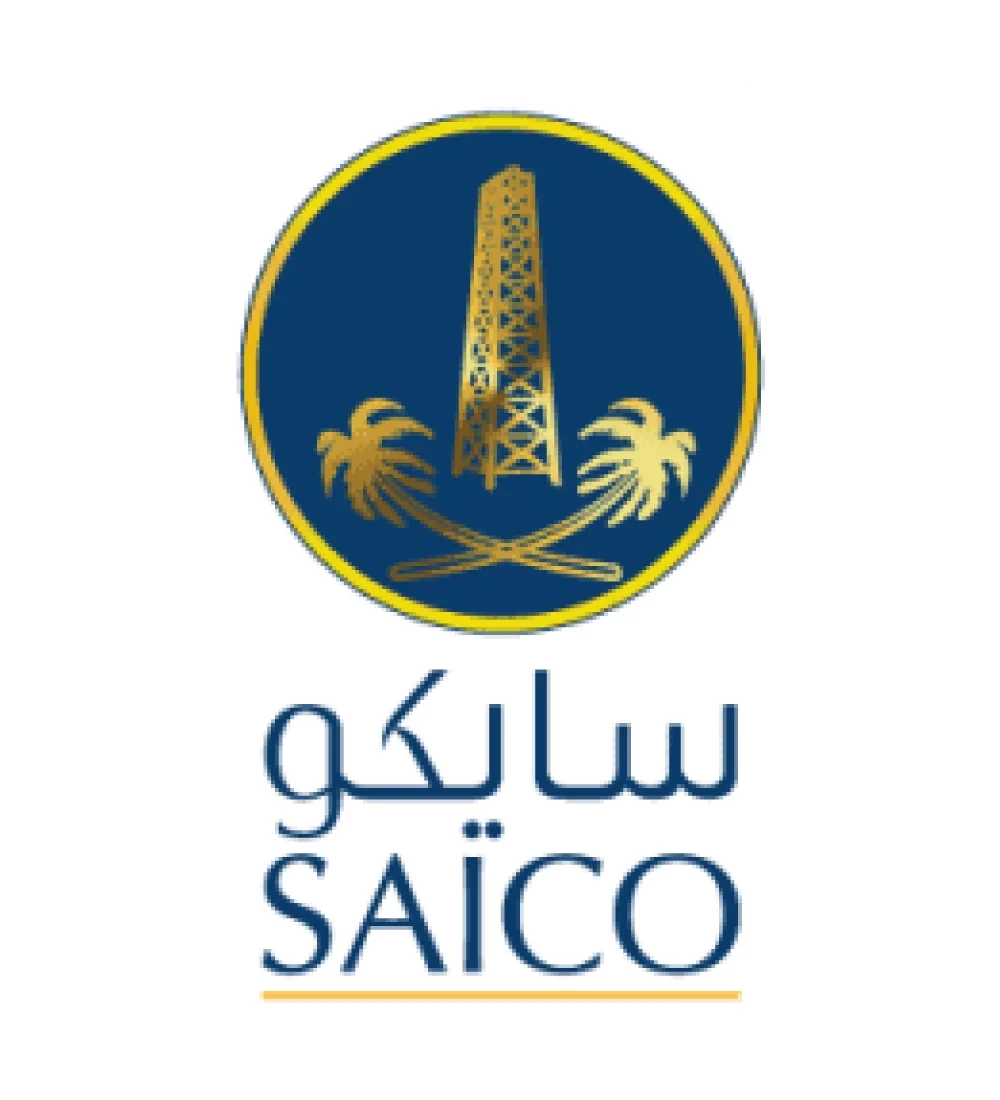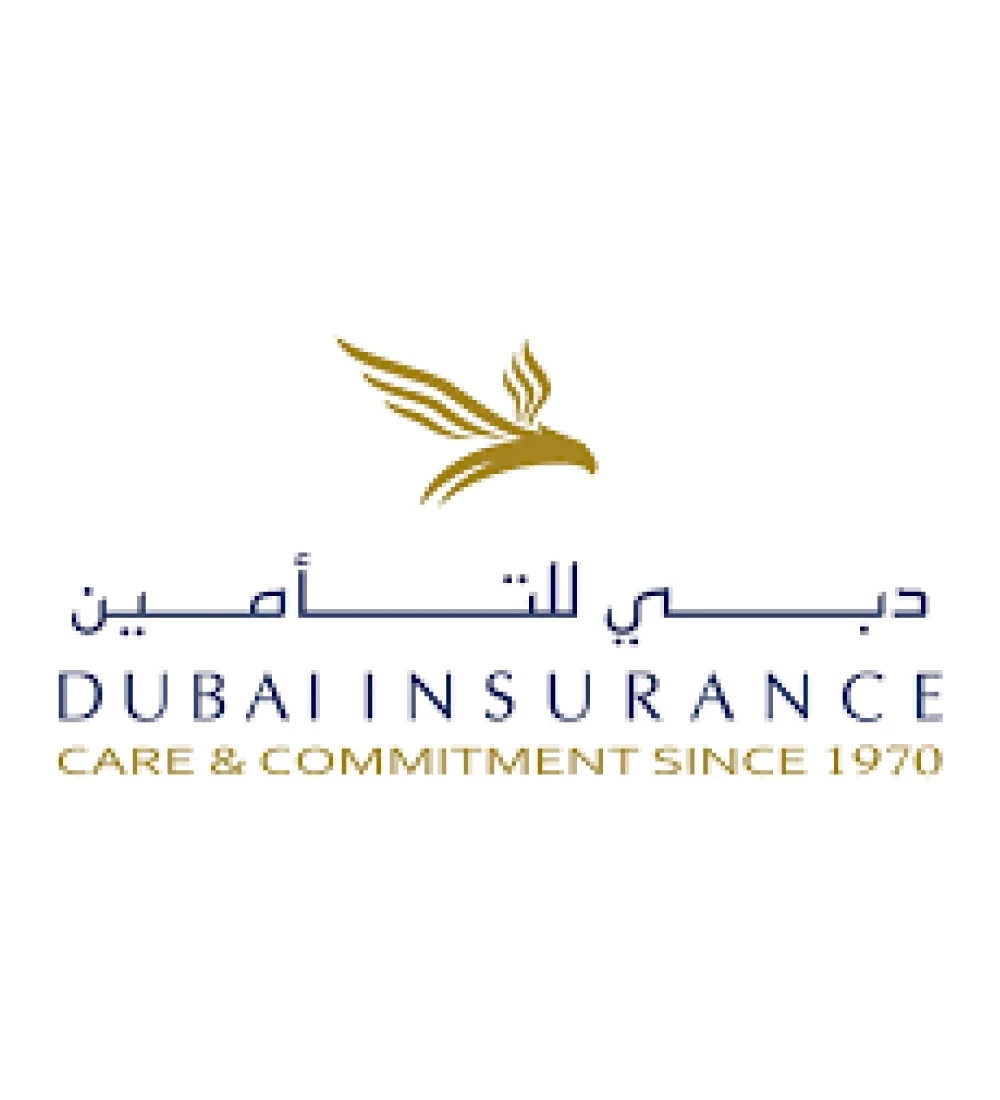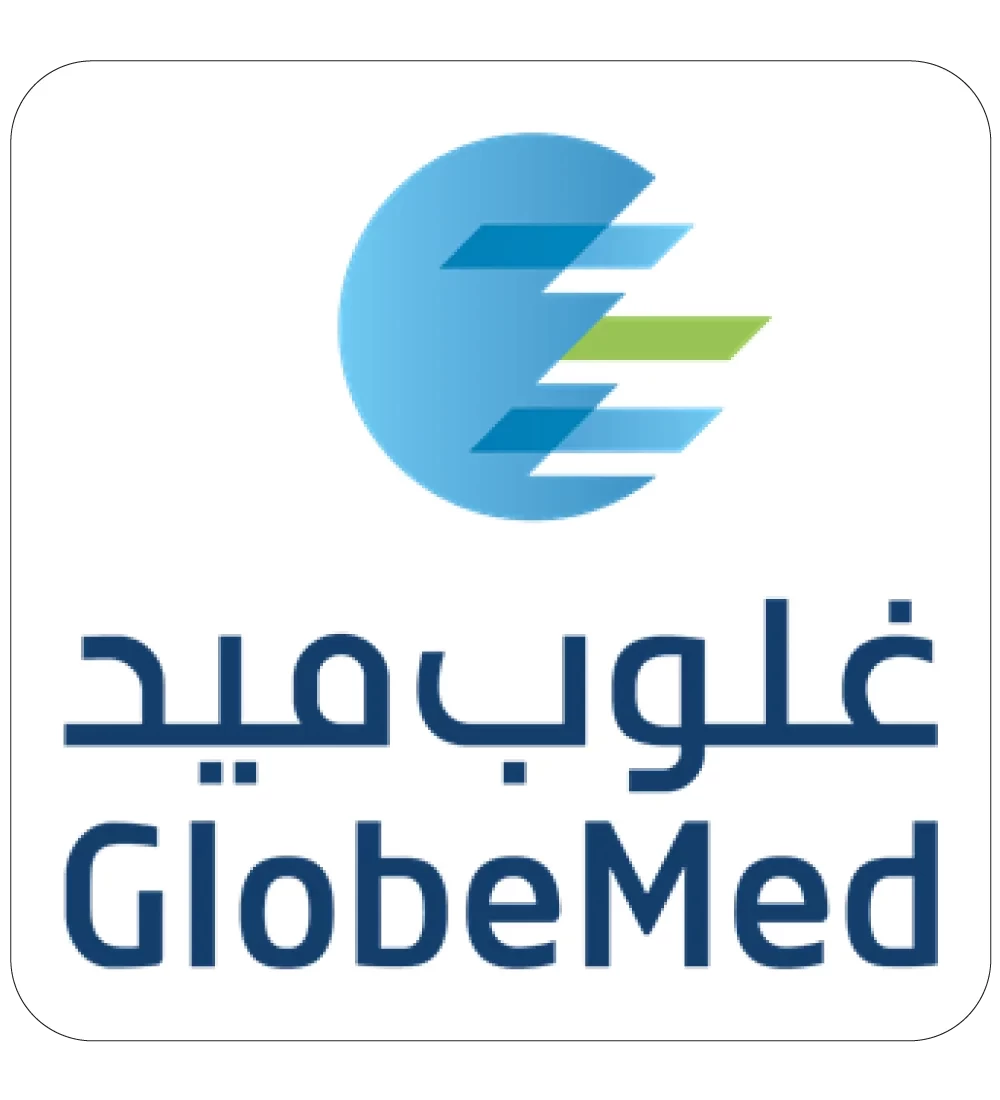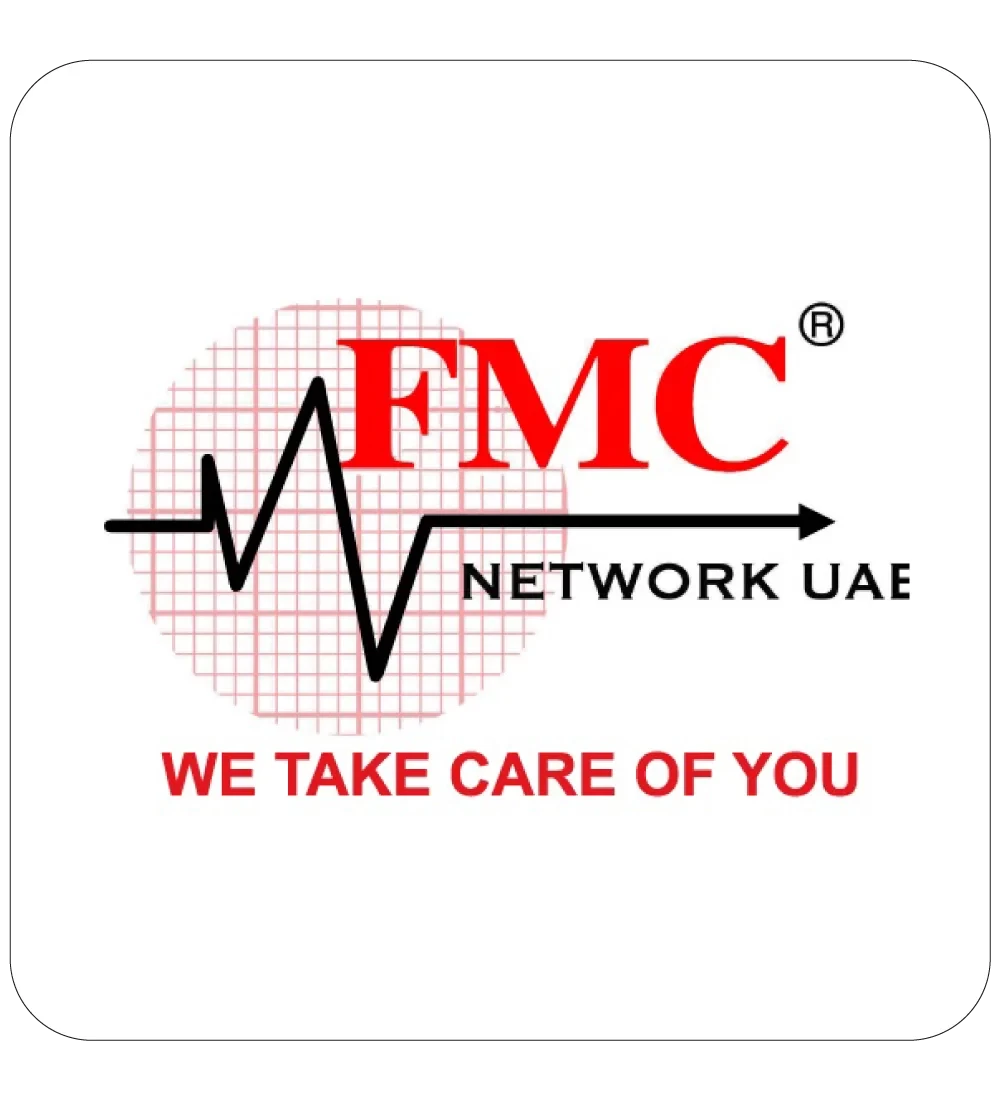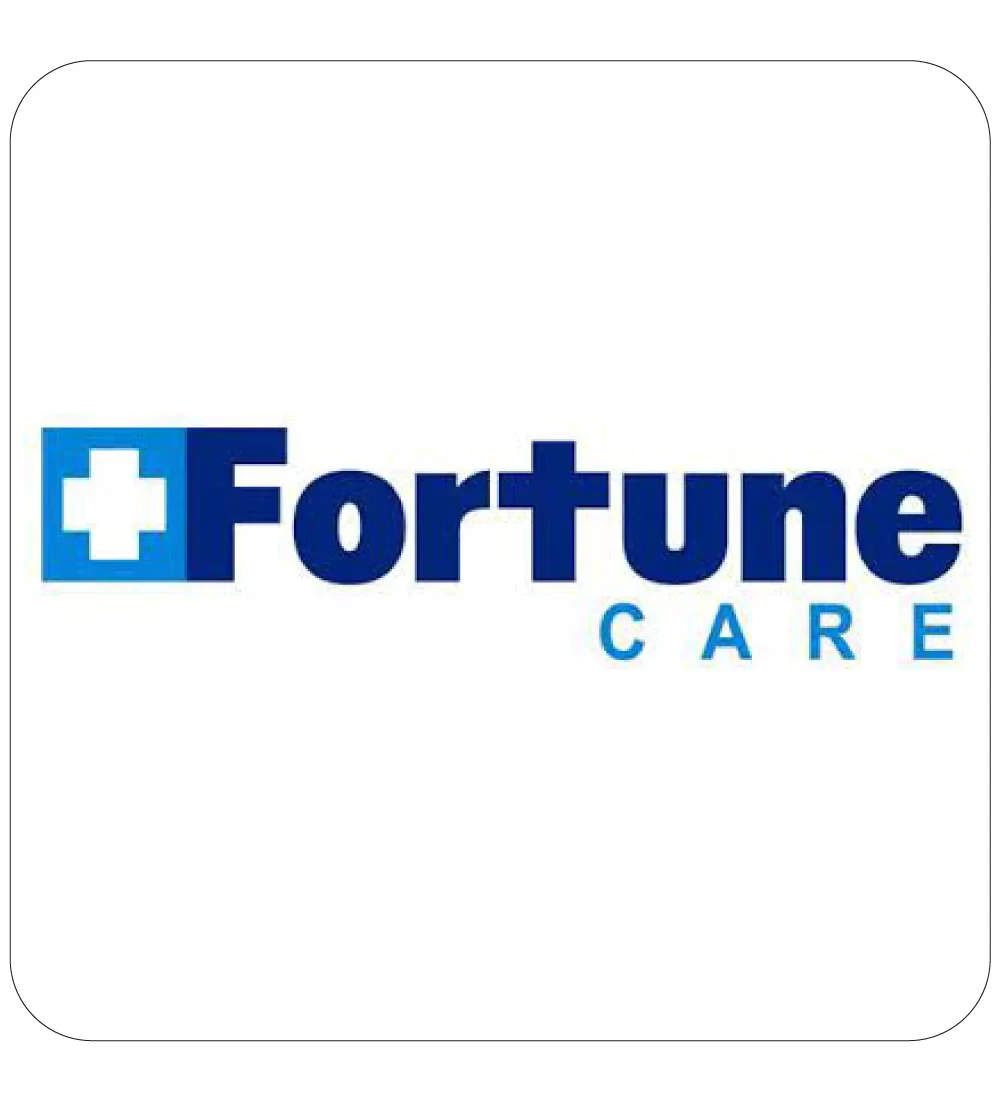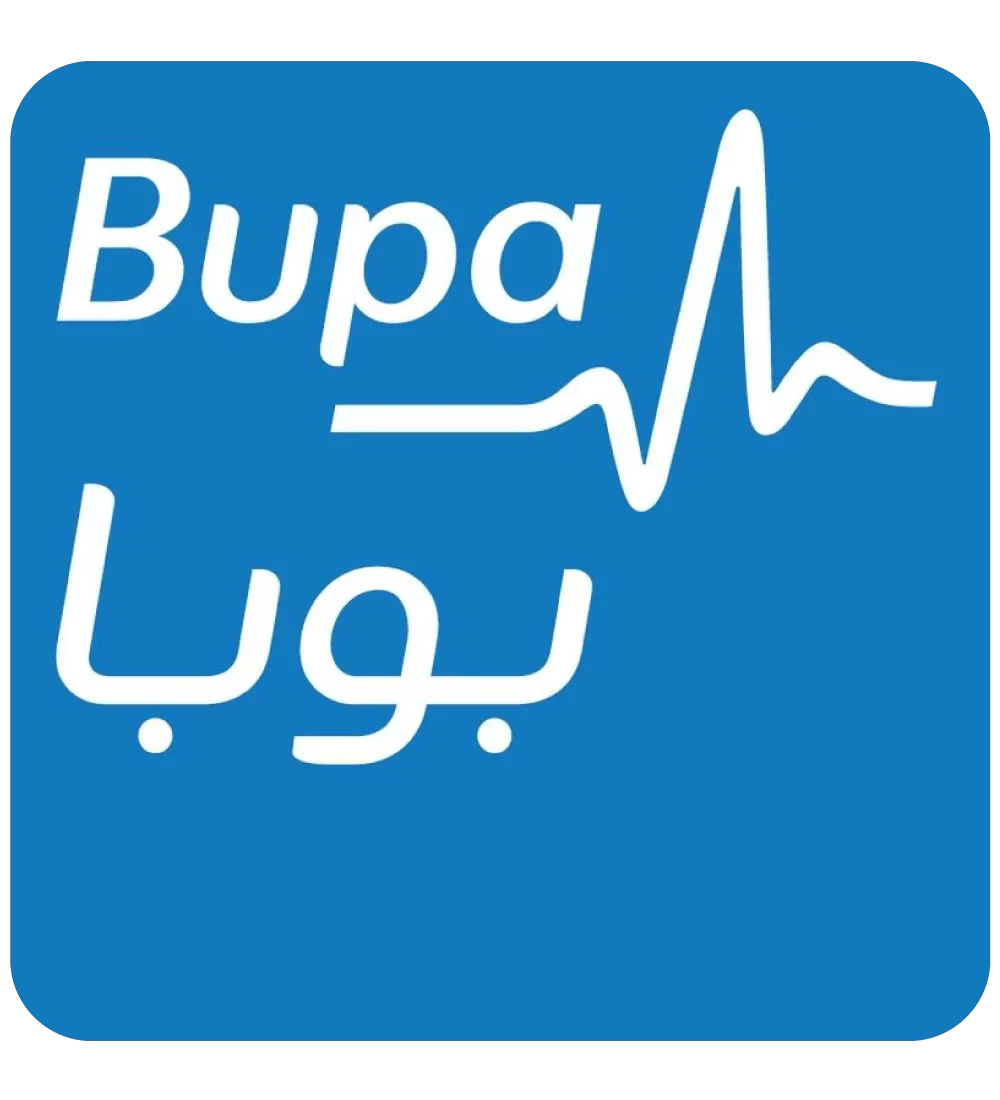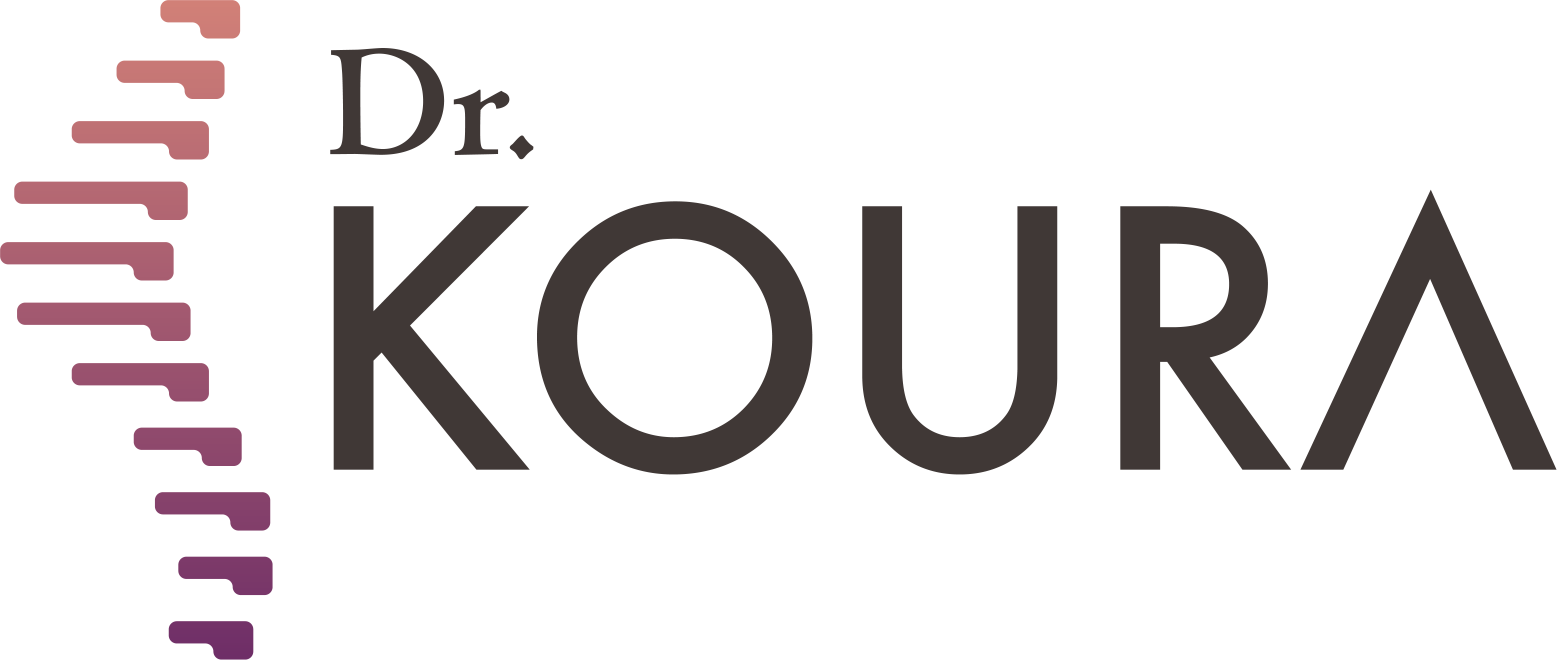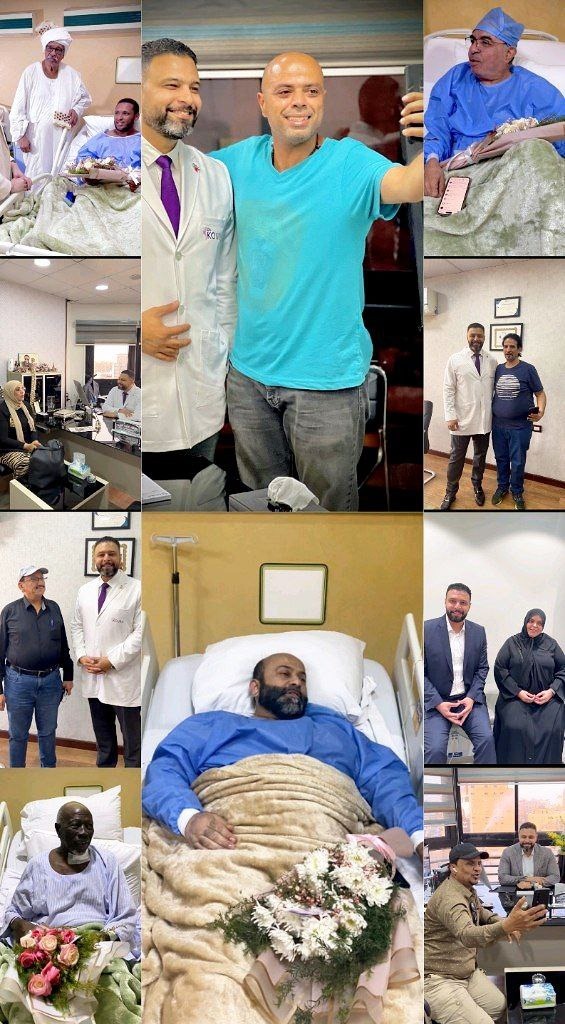
To see patients' reviews
Click hereArthroscopic Neck Pain Treatment: Modern and Safe Solutions to Restore Movement
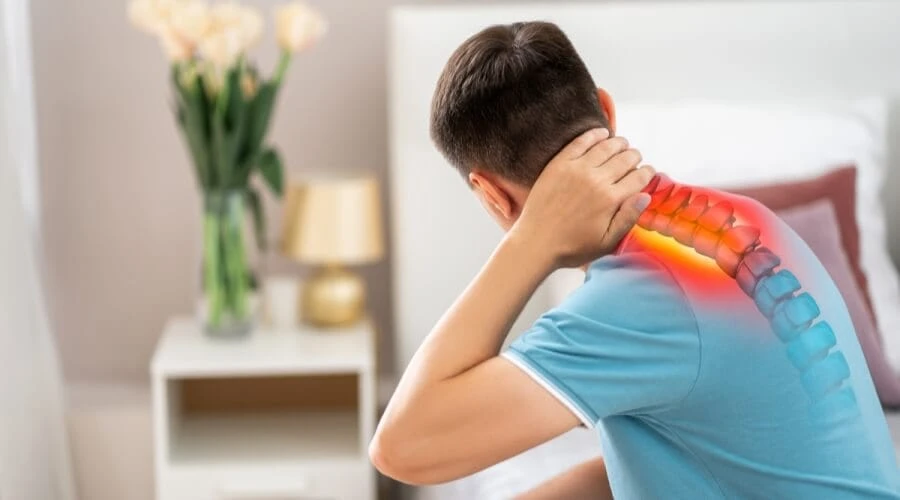

Neck pain has become one of the most common problems affecting the quality of daily life, affecting both young and old alike. It often results from problems such as a herniated cervical disc, osteoarthritis of the neck vertebrae, or muscle strain resulting from working long hours in front of a computer or constantly using a mobile phone. With medical advancements, endoscopic neck pain treatment has become a safe and effective option for correcting vertebral problems without the need for traditional surgery, under the supervision of experts such as Dr. Mohamed Qoura, considered the best doctor for treating neck and shoulder pain.
What is neck pain?
Neck pain is not just a feeling of discomfort; it includes a range of symptoms that affect daily movement. The most prominent of these symptoms are: neck stiffness, difficulty moving the head, pain extending to the shoulder and arms, and in some cases, numbness or muscle weakness due to pressure from a herniated cervical disc on the nerves. Symptoms may also worsen with prolonged sitting or sudden movements, making early treatment essential to avoid further complications.
Causes of Neck Pain
Neck pain is a common problem that affects daily life and may lead to difficulty moving or a feeling of weakness in the arms. There are several main causes of neck and shoulder pain, which we explain below:
1. Cervical Disc Herniation
This occurs when a disc between the cervical vertebrae slips and compresses the surrounding nerves, leading to pain and numbness in the neck, shoulder, and arms. In some cases, this may be accompanied by muscle weakness and difficulty with fine finger movement. A cervical disc herniation is one of the most common causes of cervical vertebrae and cervical disc treatment under the supervision of specialists such as Dr. Mohamed Qoura.
2. Cervical Vertebral Osteoarthritis
With age or repeated overuse of the neck, the cartilage between the vertebrae begins to wear down, causing bones to rub against each other and causing persistent pain or stiffness in the neck. Cervical vertebrae osteoarthritis can lead to joint stiffness and difficulty moving, and the pain is exacerbated by prolonged sitting or sudden movements.
3. Injuries and Accidents
Any neck injury resulting from car accidents, falls, or severe twists can affect the vertebrae, discs, and surrounding cartilage. These injuries can lead to chronic pain if not treated properly and may require arthroscopic treatment or specialized rehabilitation programs to strengthen the muscles surrounding the neck.
4. Poor Posture and Muscle Strain
Sitting for long periods in front of a computer or constantly hunching forward while using smartphones increases pressure on the neck and vertebrae, causing chronic neck and shoulder pain. Weak muscles surrounding the neck due to inactivity or chronic stress increase the risk of injury and may exacerbate cervical spondylosis or the symptoms of a cervical disc herniation.
5. Muscle Strain and Psychological Stress
Emotional stress and daily pressures can lead to muscle spasms surrounding the neck and shoulder, increasing pain and limiting neck flexibility. Regular neck exercises can help relieve this tension and strengthen the muscles, reducing the risk of chronic problems.
How to Treat Neck Pain with Arthroscopy
Arthroscopic neck pain treatment is one of the most accurate and safe methods for treating cervical disc herniation and cervical disc prolapse. The endoscope allows the doctor to accurately view the affected vertebrae and repair it without the need for large surgical incisions.
Advantages of Arthroscopic Treatment:
Small incisions minimize damage to surrounding muscles and bones.
Faster recovery compared to traditional surgery.
Less post-operative pain and rapid return to normal movement.
Preservation of normal neck function without affecting muscle strength.
Additional techniques at Dr. Mohamed Qura's Center:
Radiofrequency Therapy: To relieve chronic pain and improve blood circulation around the vertebrae.
Specialized neck exercise programs to strengthen muscles and improve neck flexibility after treatment.
Methods for Preventing Neck Pain
The risk of developing neck and shoulder pain can be reduced by following some preventative measures:
Commit to a daily neck exercise program to strengthen muscles and support the vertebrae.
Maintain proper posture while sitting and working in front of a screen.
Take short breaks during long working hours.
Use a suitable pillow to sleep on that properly supports the neck.
Avoid carrying heavy weights on your shoulders or making sudden movements.
Practice light exercises such as swimming and walking to support neck and joint health.
Best Doctor for Neck Pain Treatment: Dr. Mohamed Qoura
Dr. Qoura is the best doctor for treating neck pain in the region, offering comprehensive treatment for all cases of cervical disc herniation, cervical osteoarthritis, and cervical disc herniation. He relies on the latest medical equipment, endoscopic techniques, and radiofrequency therapy to ensure minimal surgical intervention and maximum effective results. Dr. Mohamed Qoura's center ensures careful monitoring of each case with a personalized treatment plan that ensures the restoration of normal movement and continuous and safe pain relief.
Neck and shoulder pain is no longer difficult to treat. With medical advances and the use of endoscopic and radiofrequency neck pain treatment, it is now possible to safely restore normal neck function. Under the supervision of Dr. Mohamed Qoura, you can eliminate pain, improve your quality of daily life, and return to your normal activities with confidence and safety. Don't hesitate to visit Dr. Mohamed Qoura's center to receive an accurate diagnosis and the optimal treatment plan.
Dr. Mohamed Koura is here to assist you using the latest therapeutic techniques, including thermal radiofrequency and laser treatments for spinal pain without surgery—book your appointment now from here.
Why Choose Dr. Mohamed Koura ?
Simply because he is the best doctor in his feild. He stays updated on the latest treatment technologies through his participation in various international conferences with leading foreign doctors and experts. Finally, and most importantly, Dr. Mohamed Koura is the best doctor in Egypt and the Arab world, possessing 12 non-surgical techniques for treating spinal and joint problems. He was the first to introduce modern interventional treatment techniques in Egypt & the Middle East and is the only one using the disc fx technique to treat spinal pain.
To see patients' reviews
Click hereCertainly not, some cases must be treated surgically, and the most appropriate technique for the patient is determined through a medical examination and the presence of imaging studies.
No, it is necessary to make a reservation through a phone call or social media messages.
There are no risks or side effects associated with non-surgical pain interventions.
The patient needs only 3 to 4 days before they can travel comfortably, and the hospital stay does not exceed 6 to 8 hours.
A condition cannot be accurately assessed and a proper medical diagnosis made without a medical examination and recent imaging studies.
Yes, there are several payment methods available through Visa or electronic wallets by making a reservation on our website.
Certainly, obesity is one of the causes of knee osteoarthritis.
Radiofrequency activates the nerve and does not cause any damage to it.
Non-surgical interventions are a definitive treatment for some cases and pain relievers for other cases, which is determined by the doctor through a medical examination.
If the herniated disc is fully treated, there is a possibility of it reoccurring in some cases, such as not following the doctor's prescribed instructions after the intervention, experiencing an accident, or making a sudden wrong movement like lifting heavy objects.
The entire disc is not removed due to the presence of several risks and it may exacerbate the condition. Only the protruding part that causes pain is removed.
This cannot be done with radiofrequency, but it is performed through other techniques that Dr. Koura conducts.
The success or failure of non-surgical interventions cannot be judged through radiographic imaging because these procedures involve making subtle changes to critical parts to address the issue. Consequently, they do not produce significant changes to avoid potential complications in the future or damage to the spine and joints, which is our primary goal.
Spinal stenosis does not typically cause sciatica. In most cases, disc herniation is what may lead to sciatica. This does not necessarily mean that a patient with sciatica will also have spinal stenosis.
Sciatica may return if the patient does not adhere to the medical instructions provided by the doctor or in the event of an unexpected accident.
A life without pain without surgery
Once you book with Dr. Koura
Get rid of pain with just one call.. Book your appointment now with pain Management consultant Dr. Koura.
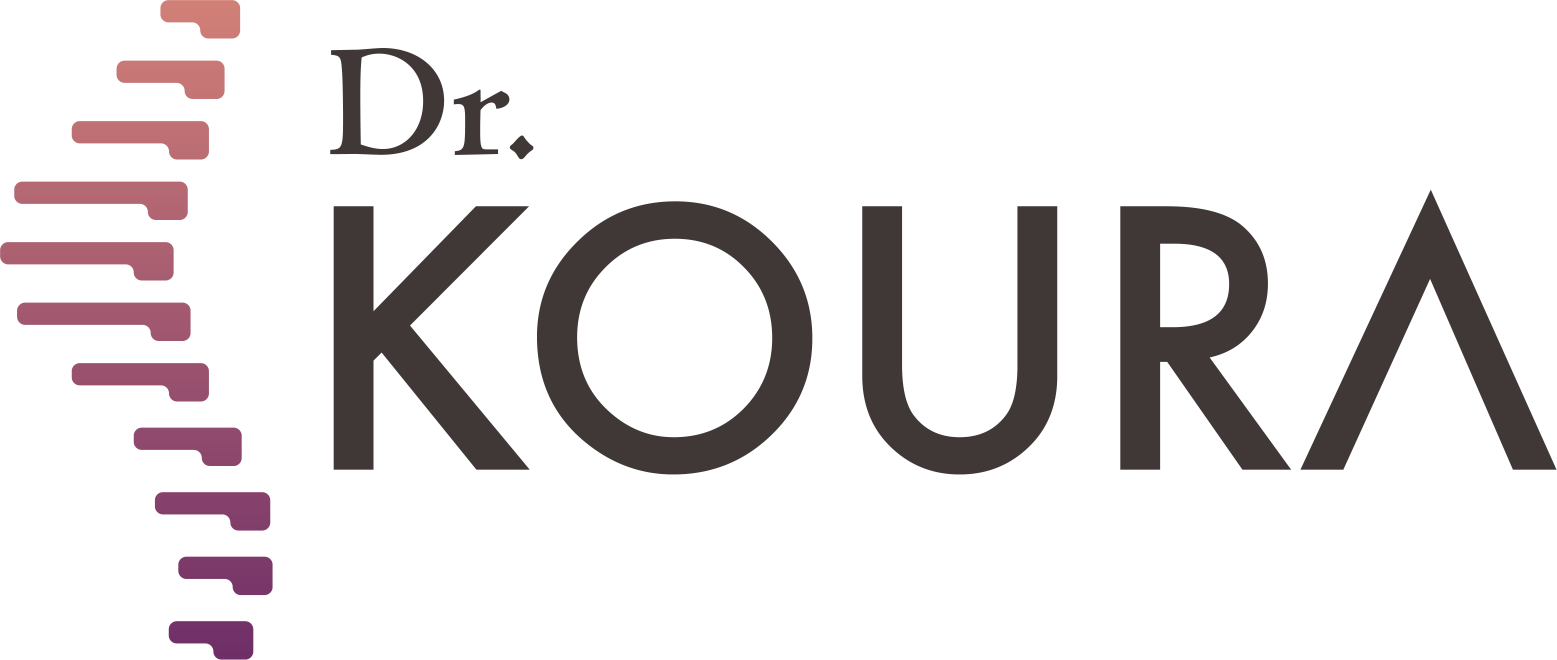





-webp.webp)




-webp.webp)


